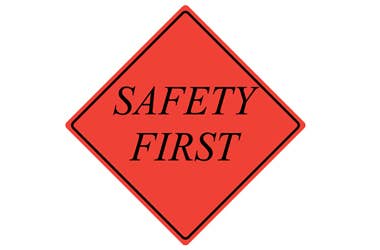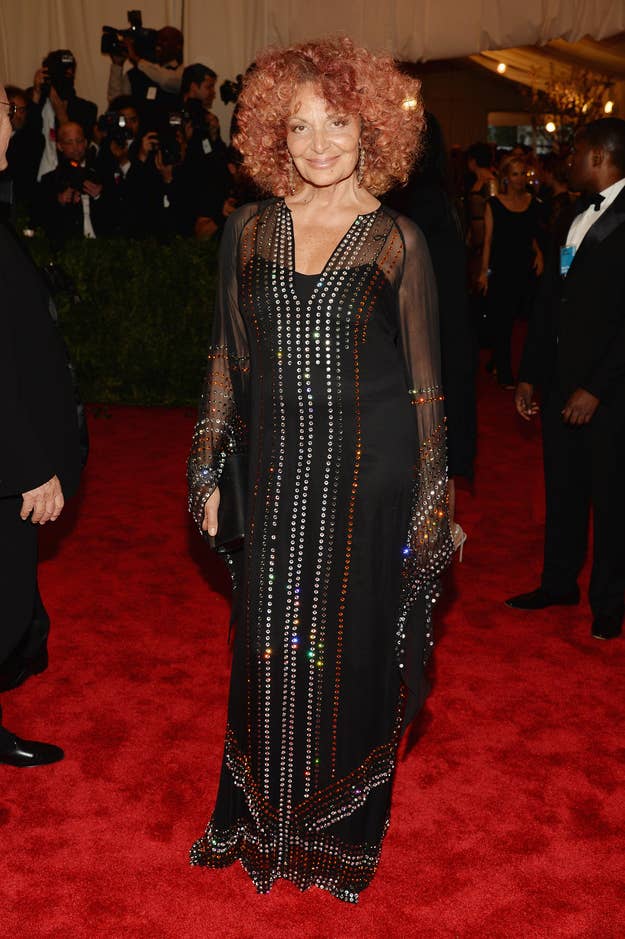
Nearly a month after Rana Plaza collapsed in Bangladesh, the death toll surpassed 1,100, making it one of the worst garment factory disasters in history. Council of Fashion Designers of America President Diane Von Furstenberg just posted this letter on the CFDA's website, urging designers to take responsibility for working conditions in their factories:
MAY 20, 2013
A note from CFDA President, Diane von Furstenberg, regarding safety and fairness in the workplace:
To CFDA Members,
What happened in Bangladesh is a tragedy and a harsh reminder that it is our obligation as designers to make sure our factories are a safe place to work and that the workers are respected. At DVF we ask our suppliers and partners to follow the attached below "Code of Conduct" to emphasize our commitment to ethical and responsible business practices. I share our "Code" with you as a template in case you do not have one. I also encourage you to have your production team visit directly with your supplier partners to see firsthand the working conditions and treatment of workers. As I am sure you are aware, there are third party vendors who can audit and inspect for you as well. It is important to know who you work with and to ensure safety and fairness in the workplace.
Diane von Furstenberg
CFDA President
The DVF Studio "Supplier Code of Conduct" is posted online in full for all the world's reference. It essentially states that DVF expects suppliers to follow laws in their respective countries, treat employees well, pay them fairly, and not employ workers under the age of 15.
All brands — fast-fashion and high-end — should have a code of conduct in place like DVF's, but the truth is, fancy labels like hers aren't implicated in unfair labor practices nearly as much as the Wal-Marts or H&Ms of the world, which have to produce tons of cheap clothes so they can inundate stores with shipments of whatever hot new thing consumers have been trained to want. Designer clothes are expensive because they tend to be made in factories with good conditions — not Bangladesh.
The onus to prevent disasters like the Rana Plaza collapse lies with designers, who should encourage each other to take responsibility for their manufacturing, but perhaps even more importantly, with consumers. After years of demanding fast fashion, we have to show companies we're willing to pay more for ethically made garments. And we have to get used to buying and living with less. Most people don't wear half the crap in their closets anyway.

